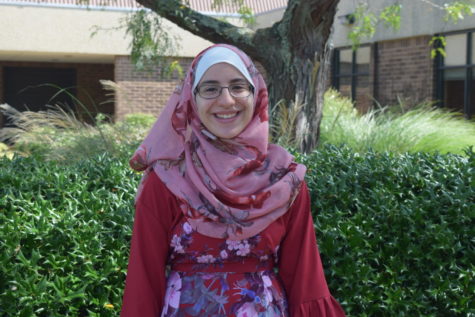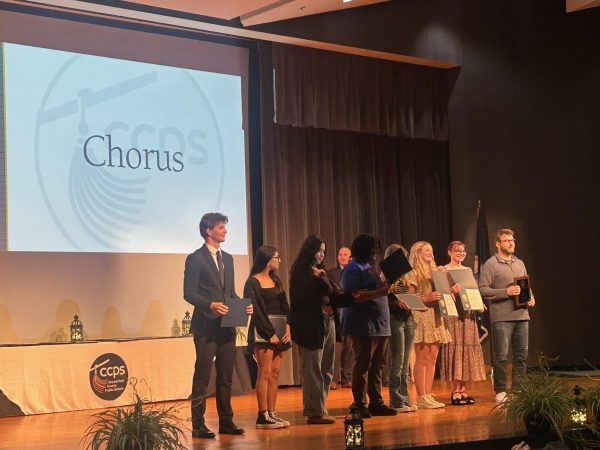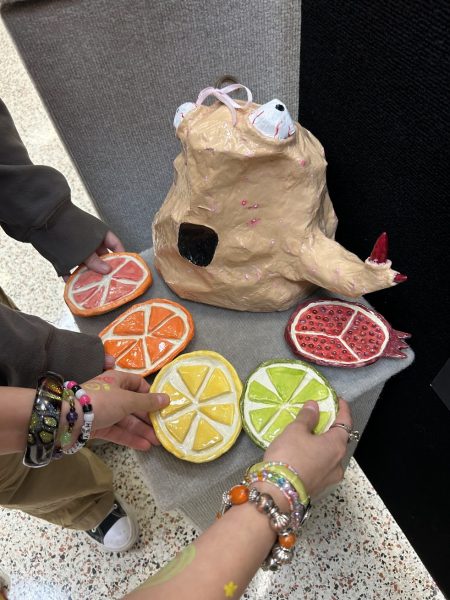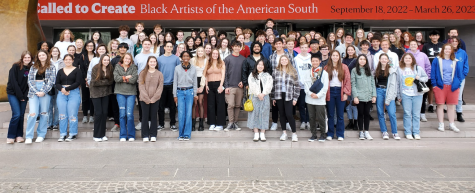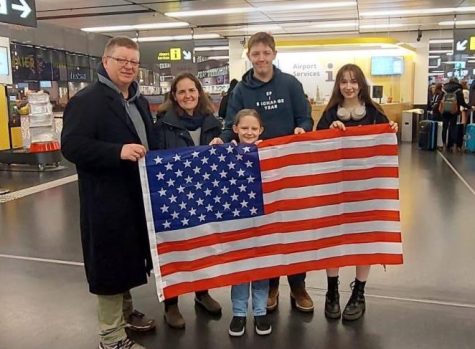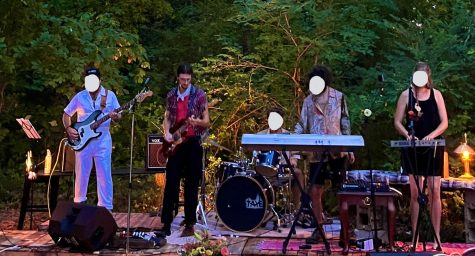Saudi Arabia from an American’s Perspective
Winter Vacation to Saudi Arabia
Photo by: Nour Goulmamine
Siblings Syreen, Yusuf and Nour Goulmamine visit Masjid Al-Nabawi, one of the oldest mosques in Muslim history.
Over Winter Break, my family and I visited Saudi Arabia for ten days to perform umrah, a form of Islamic pilgrimage. Umrah is a non-mandatory pilgrimage Muslims perform from Medina to Mecca, the two holy cities in Islam. It is often confused with Hajj, a mandatory pilgrimage that Muslims can only perform during certain dates according to the lunar calendar. Even though umrah is not required in Islam, it is an extremely important religious practice.
From the moment we landed in Saudi Arabia, everything seemed elegant, from the towering hotels we stayed in to the mosques only minutes from our hotel room. We first arrived in Medina and stayed there for a few days before starting umrah in Mecca. It was surreal to pray in masjids (mosques) and visit sites that I only had ever seen in textbooks. Masjid Al-Nabawi, a mosque allegedly established and built by the Muslim Prophet Muhammad himself, was a mere two minute walk from our hotel. Street vendors packed the streets, selling things like abayas (loose garments typically worn by Muslim women) and sweet smelling perfumes. We spotted amusing, yet nostalgic, parodies of American life throughout the country, such as an American Eagle store with Arab companies and tags, Starbucks with mint lemonade (a popular drink in the Middle East) and few familiar options, and malls with floors upon floors of stores.
We didn’t truly start umrah until our last night in Medina. In order to start umrah, one is required to enter a state of ihram, or “purity”. This simply means stopping the use of things like perfume or scented soap. At a quarter to midnight, we arrived in Mecca, one of the holiest cities in Islam (as this was where the Prophet Muhammad was said to have been born). We rested for a few hours before continuing with umrah, and entered Masjid Al-Haram. Masjid Al-Haram is the largest mosque in the world, and contains the Kaaba, the most sacred site in Islam. The Kaaba was said to be built by Prophet Ibrahim (Abraham) and his son Ismael (Ishmael), Prophet Muhammad’s ancestors. Seeing the Kaaba in person is a privilege that many Muslims wait for their entire lives to accomplish; even as my family headed towards the monument to perform tawaf (circling the Kaaba seven times while making prayer and reading Quran), people around me wept and cried out in pure awe at the sight.
After completing tawaf, we felt exhausted but still had to complete one more act before leaving Masjid Al-Haram: sa’i, the walking back and forth between two hills called Safa and Marwah. The origin of this story is not from Prophet Muhammad, but rather Prophet Ibrahim; his wife, Hajar, and their son Ismael were in the desert with no water. In a frantic search for water, Hajar walked between Safa and Marwah seven times before a spring of water miraculously appeared. The spring still exists today and is called the Well of Zamzam. The total length of the seven laps back and forth is almost two miles, but we still managed to complete it.
We left the masjid, exhausted but relieved, knowing that we only had one more thing to do before successfully completing umrah: men are required to trim or shave their hair entirely, and women must cut a lock from their hair. Compared to everything we had done prior, it seemed like the easiest thing in the world. My mother cut my sister’s and my hair, and my dad shaved his head completely.
Our last day in Mecca came too soon. As we boarded the plane back to Dulles, I reminisced on the unique experience and found myself already missing the country and its beauty; although America is my home, I left a part of myself in Saudi Arabia.



